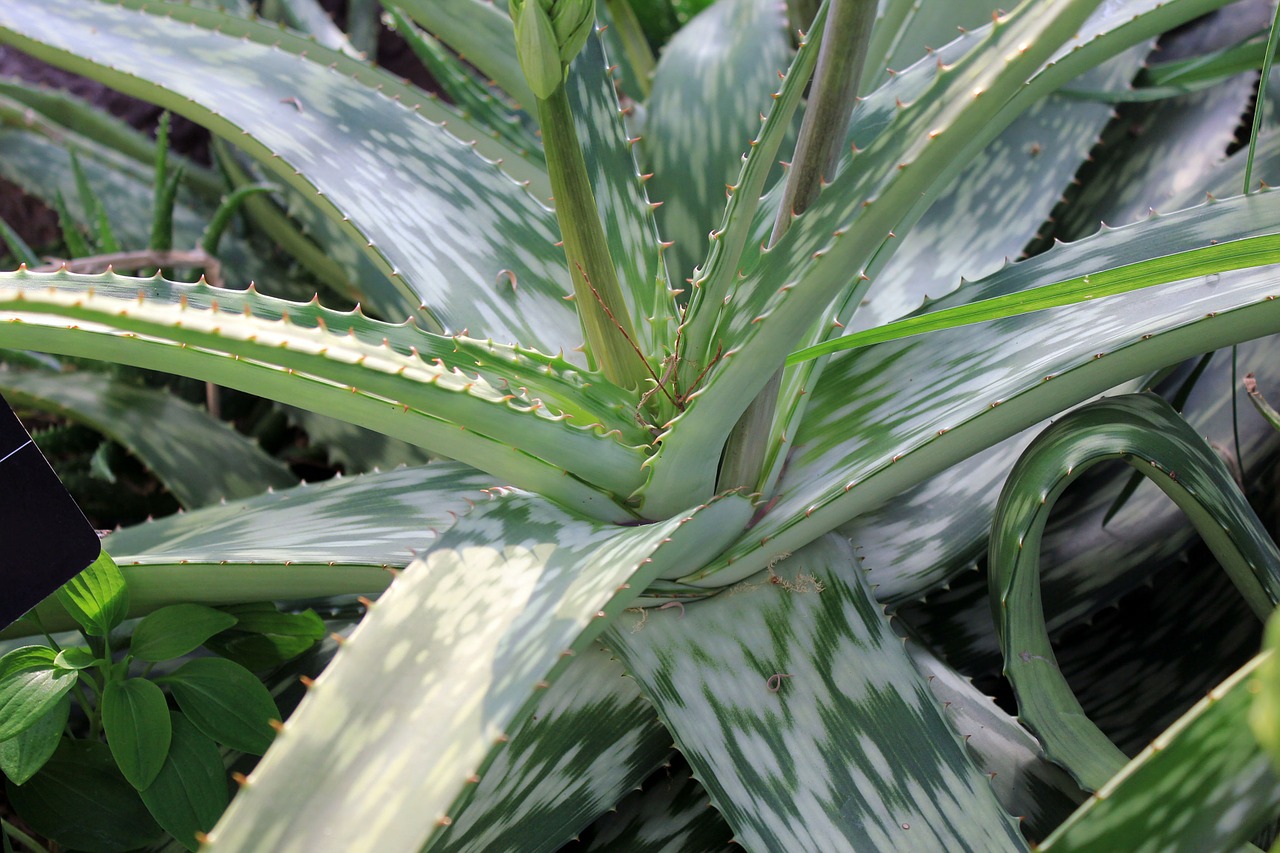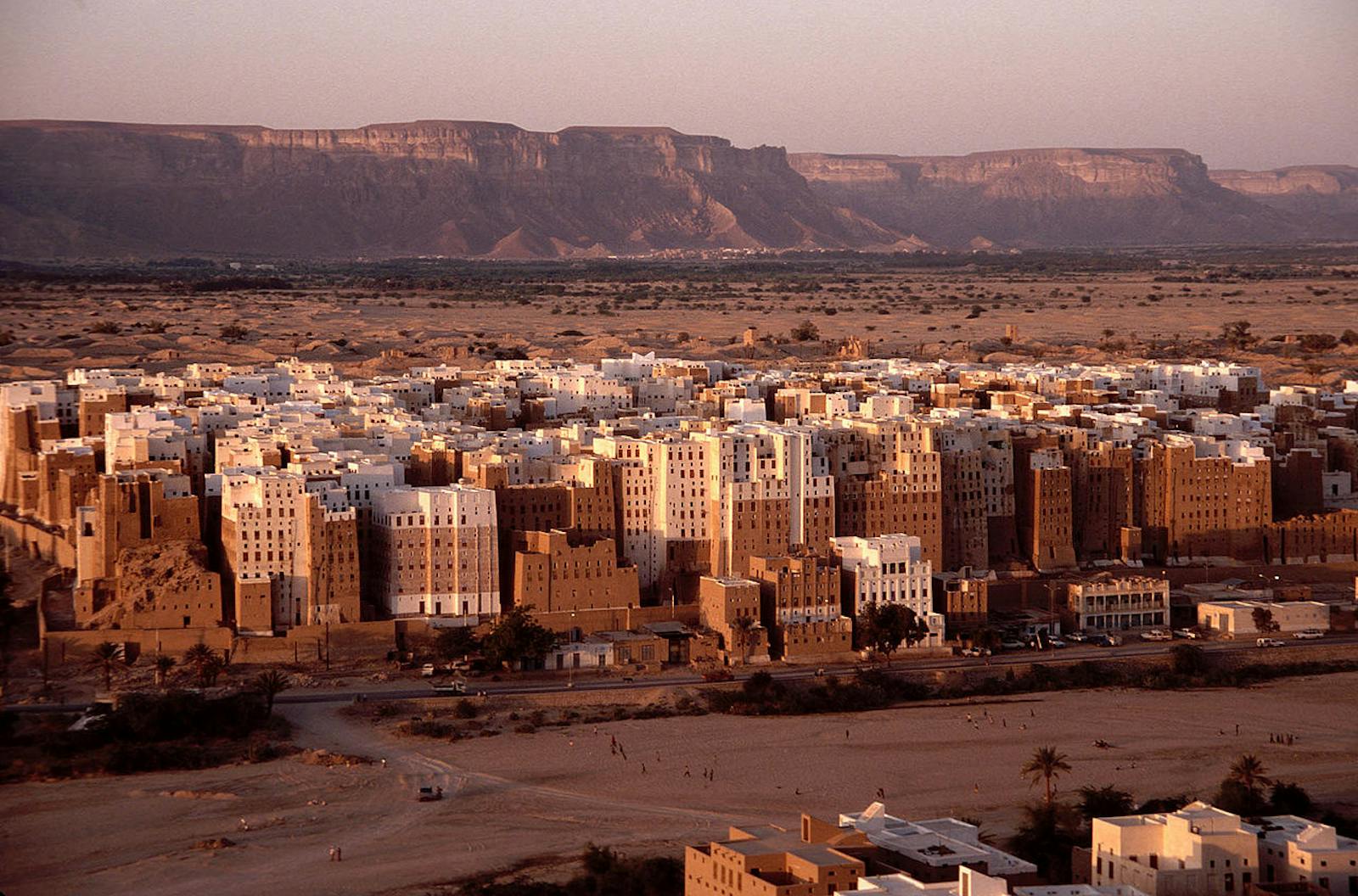Southwest Arabian Highland Xeric Scrub
The ecoregion’s land area is provided in units of 1,000 hectares. The protection goal is the Global Safety Net (GSN1) area for the given ecoregion. The protection level indicates the percentage of the GSN goal that is currently protected on a scale of 0-10.
Bioregion: South Red Sea & Gulf of Aden Coastal Drylands (AT22)
Realm: Afrotropics
Ecoregion Size (1000 ha):
3,271
Ecoregion ID:
109
Conservation Target:
11%
Protection Level:
0
States: Yemen, Saudi Arabia
Approximately 55 to 75 million years ago, the Ethiopian and Arabian Peninsula mountains, which were once a dome of ancient rocks, were uplifted by the force of magma. Around 13 million years ago, this basalt covered dome split into 3 parts by the rifting process, producing the Great Rift Valley as the African continental crust pulled apart. The ecoregion falls within the Eastern Afromontane hotspot which is a discontinuous chain across 7,000 km from the Asir mountains of Southwest Saudi Arabia and the highlands of Yemen to Mozambique and Zimbabwe in the South.
This ecoregion is situated in the high altitude plains of the southwestern Arabian highlands including part of the Asir Mountains of Saudi Arabia and most of the western highlands of Yemen. Yemen’s capital city, San’a, is found within this ecoregion at approximately 2,300 m. This ecoregion is found on the south facing slopes of the mountains which are more barren and a dwarf-shrub forest forms above 2,500 m consisting of Rubus petitianus, Senecio, Rosa abyssinica, and Helichrysum abyssinicum. Aloe sabaea and Euphorbia spp. are also common here. The highlands receive variable rainfall caused by the southwestern monsoon, which brings damp oceanic winds, fog, and rain. These winds are uplifted by the mountains and trigger thunderstorms, particularly during the summer. However, the xeric scrub in the rain-shadowed plains receives far less rainfall. Annual average rainfall on the high plateaus drops to 100–500 mm. Temperatures in the highlands are highest in the summer, reaching 20–25˚C, and lowest in winter with a mean temperature of 10˚C, although frosts and snow occasionally falls on the highest peaks.

The flagship species of the Southwest Arabian Highland Xeric Scrub ecoregion is the Yemen tree aloe. Image credit: Creative Commons
The ecoregion is part of the Eastern Afromontane hotspot and this hotspot contains 60 endemic vertebrate species. Mammal endemism is particularly low; however, reptile endemism is high here. Many species are declining within the region, particularly 11 species of carnivores in the families Canidae, Felidae and Hyaenidae. The cheetah is already regionally extinct. However, the red fox is increasing its range along with expanding human populations. The Arabian wolf is extremely rare and in danger of extinction through persecution and hybridization with feral dogs.
Other residents of this region include golden jackal, Blandford’s fox, Rüppell's fox, striped hyena, common leopard, sand cat, and wild cat. The Arabian Peninsula lies on an important flyway for migrating and wintering birds, providing critical sites for the highly threatened sociable plover and bald ibis. The region is rich in plant endemism and within the hotspot, 110 plant species are endemic. In this portion of the hotspot, and particularly in Yemen, plant endemism is often associated with the terraced landscapes that cover much of Yemen which act as moist refugia for species in a largely arid landscape.
The protected area network is very limited in this ecoregion; there are no protected areas in Yemen and only one in Saudi Arabia which is the Murtafa’at Najran Resource Use Reserve (2,242 km2). The main threats to biodiversity are overgrazing by livestock, particularly camels, sheep, and goats which adversely affects the vegetation. However, grazing has helped maintain some species richness and is associated with endemism in plant taxa including stapeliads, aloes, caralluma, and Cichorium bottae.
In Yemen, out-migration to oil rich Gulf countries and the general movement of rural people to towns has led to poor maintenance of the agricultural terrace systems, resulting in soil erosion during times of heavy rainfall. The hunting and trapping of animals for various uses is particularly high here. Aloe species are being harvested illegally from the wild in Yemen with the raw resin used for cosmetic and medicinal uses. The ongoing civil war in Yemen also threatens biodiversity and hinders conservation efforts. Lastly, climate change is a significant threat, particularly in Yemen where there are already substantial water shortages.
The priority conservation actions for the next decade will be to: 1) encourage the maintenance of traditional agricultural and grazing practices to maintain species richness; 2) increase the protected area network; and 3) encourage and increase the awareness of local communities on the sustainable use of natural resources.
Citations
1. CEPF. 2012. Ecosystem profile: Eastern Afromontane Biodiversity Hotspot. [Online]. [Accessed 11 June 2018]. Available from: https://www.cepf.net/sites/default/files/eastern_afromontane_ecosystem_profile_final.pdf
2. Mallon, D.P., 2011. Global hotspots in the Arabian Peninsula. Zoology in the Middle East, 54(sup3), pp.13-20.
3. WWF. 2018. Arabian Peninsula: Yemen and Saudi Arabia. [Online]. [Accessed 1 June 2018]. Available from: https://www.worldwildlife.org/ecoregions/at1321




